
Identifying the “Switch” That Reduces Can.cer Cell Survival by 53%
Identifying the “Switch” That Reduces Can.cer Cell Survival by 53%
The SDR42E1 gene, known for helping the body absorb vitamin D, also plays a surprising and critical role in cancer development.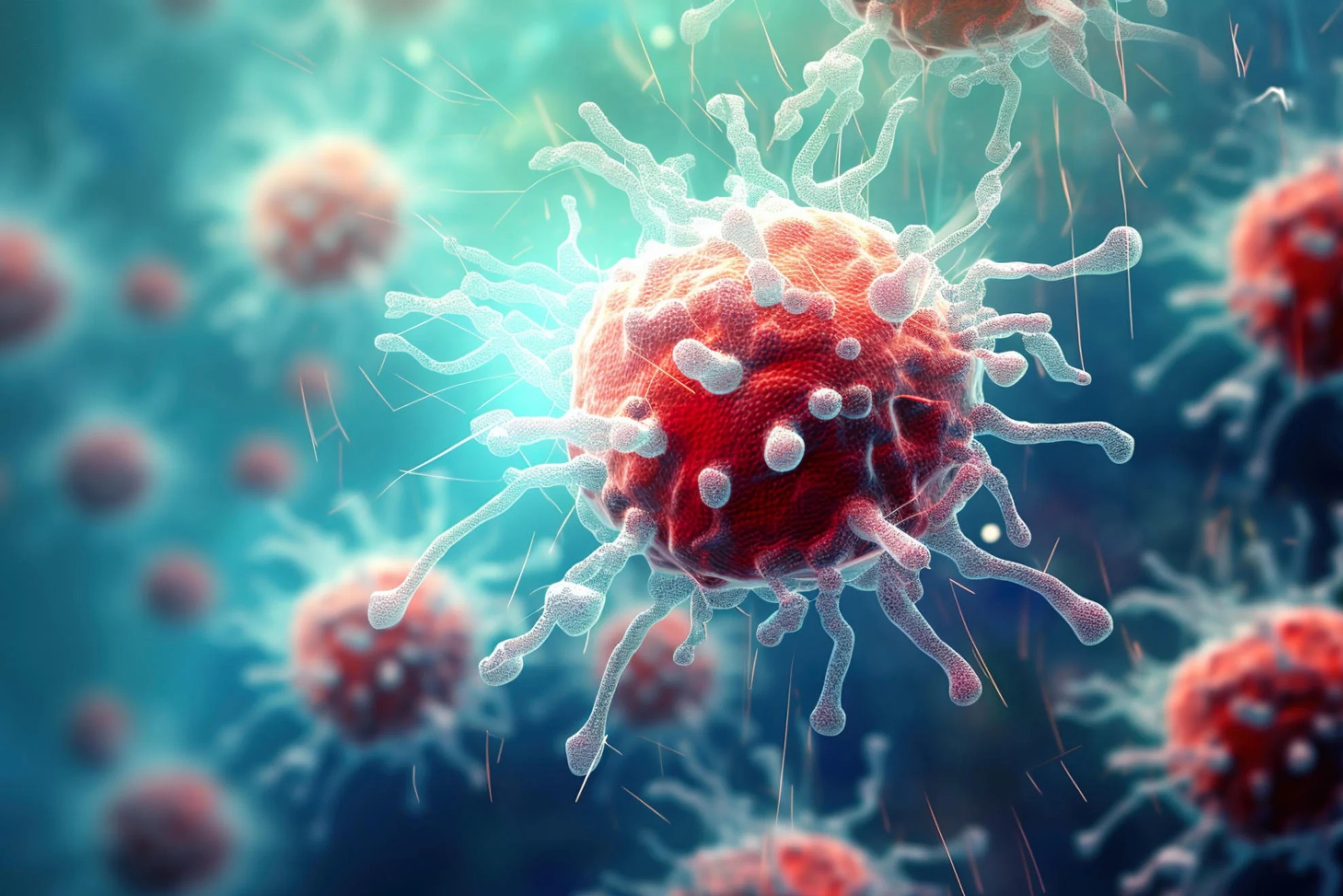
A newly published study in the journal Frontiers in Endocrinology reveals that the SDR42E1 gene, which primarily helps the body absorb vitamin D from sunlight, could also be targeted in cancer therapy.
In an experiment, researchers used CRISPR/Cas9 gene-editing technology to deactivate SDR42E1 in HCT116 colorectal cancer cells.
These cancer cells typically express high levels of SDR42E1, suggesting that the gene may be essential for their survival.
Professor Dr. Georges Nemer from Hamad Bin Khalifa University (Qatar), a co-author of the study, stated:
“We demonstrated that blocking or suppressing SDR42E1 can selectively inhibit the growth of cancer cells.”
When researchers introduced a defective version of the SDR42E1 gene into the cancer cells, their viability dropped by 53%, effectively halting tumor growth.
Further testing also revealed that SDR42E1 acts as a critical molecular “switch” for various cell types.
Interestingly, existing tools can already be used to inhibit or, conversely, enhance the activity of this gene.
According to SciTech Daily, this breakthrough finding could lead to innovative treatment approaches — either by blocking SDR42E1 to prevent cancer, or enhancing its function to improve health outcomes in other conditions such as autoimmune diseases.
News in the same category


Your Body Might Be Low on Zinc — Here Are 6 Signs to Watch For

Woman gets brain infection after eating refrigerated watermelon

Bread May Be Delicious, But These 5 Groups Should Limit It

Just 3 Minutes in the Morning: This Simple Test Can Reveal Hidden He.art Disease
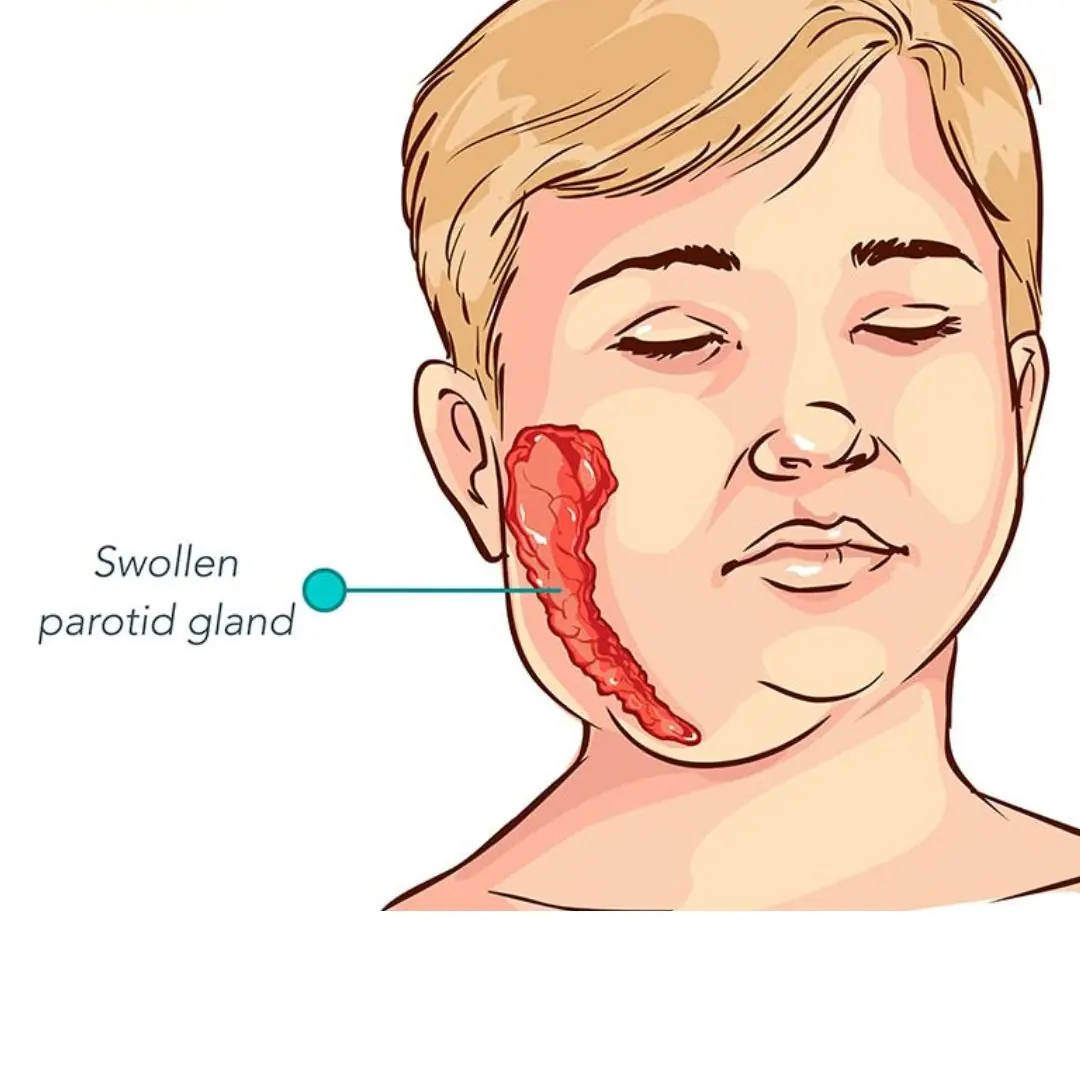
Does mumps in men affect reproductive health?

3 Types of Fruit Can.cer Cells “Love”
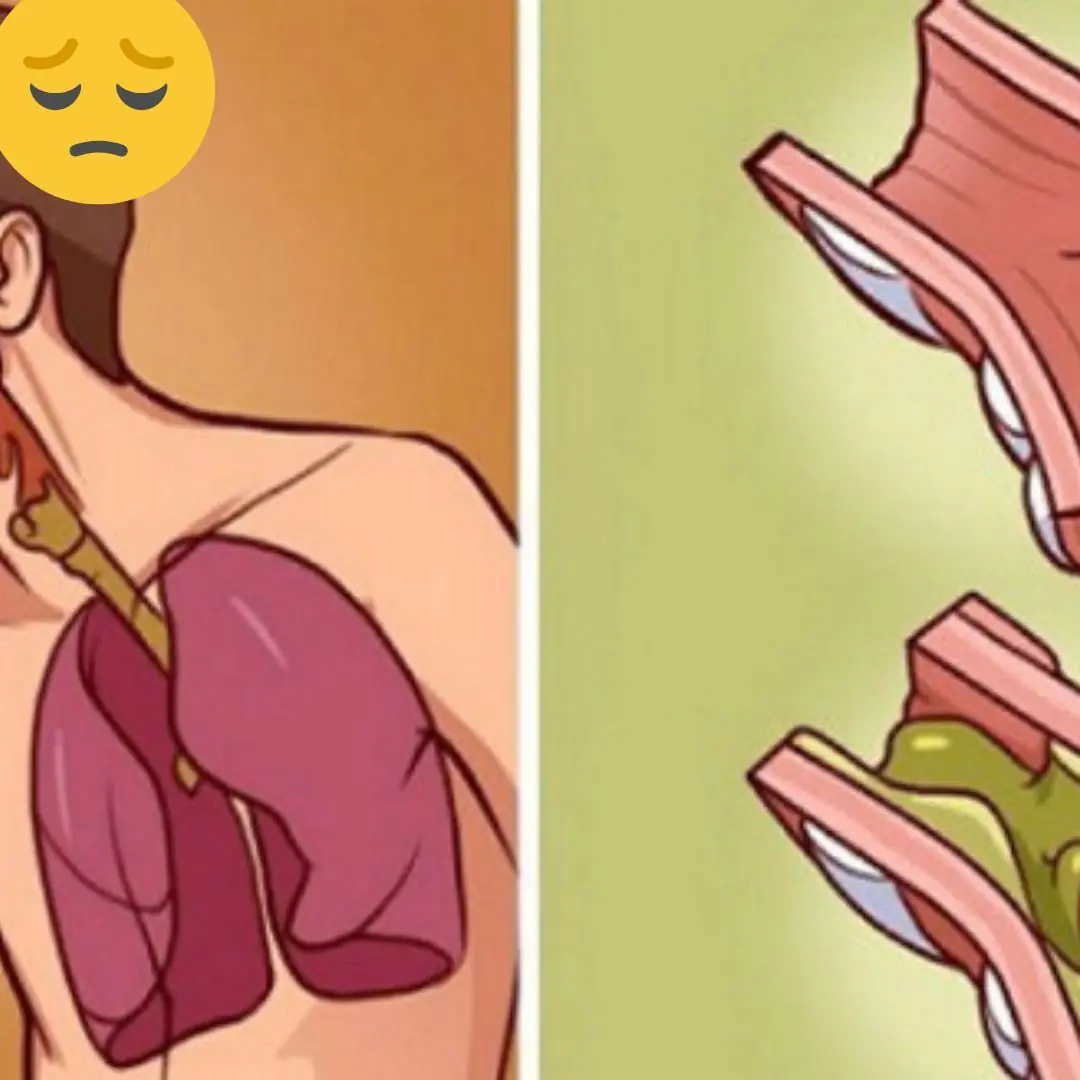
How to remove phlegm and mucus from chest and throat

Simple signs to immediately recognize leukemia that you may never notice
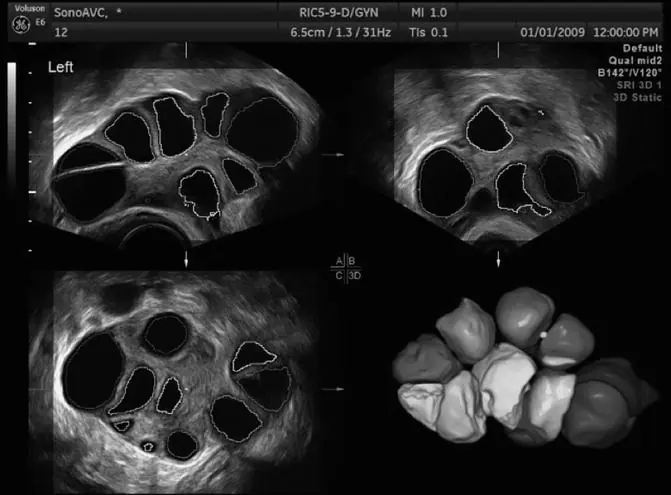
Two Kitchen Habits Behind Ova.rian Cysts — May Turn Can.cerous

3 Cooking Habits You Must Change Immediately

Why do hands and feet sweat in winter?

Both husband and wife were diagnosed with colon can:cer because of the same familiar habit!

Be Careful: 6 Common Foods Become To.xic When Reheated

These 3 types of fish should be eaten sparingly, they can increase the risk of can.cer, don't buy them just because they are cheap!

Want Radiant, Hydrated, and Glowing Skin This Summer? Eat These 5 "Magical" Fruits

Unexplained Bruising on Your Body: Causes and Treatments

4 Types of Nuts You Should Never Eat If They've Been Sitting Around
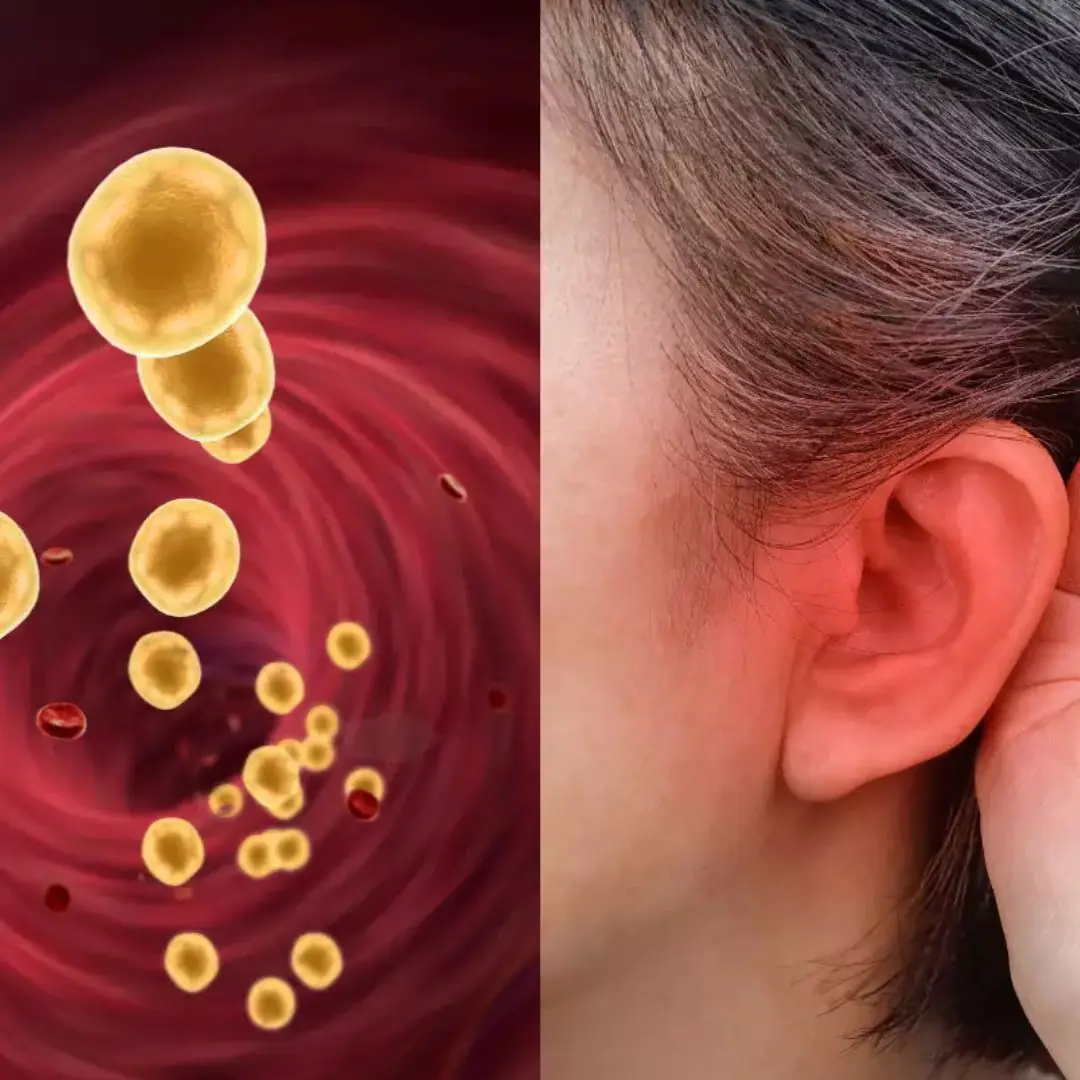
4 signs on the body to detect high bl.o.o.d f.a.t
News Post

6 Bodily Changes That Are “SOS Signals” From Your Kid.neys Before Can.cer

Does Using Strong Fan Mode on the Air Conditioner Consume More Electricity?

Your Body Might Be Low on Zinc — Here Are 6 Signs to Watch For
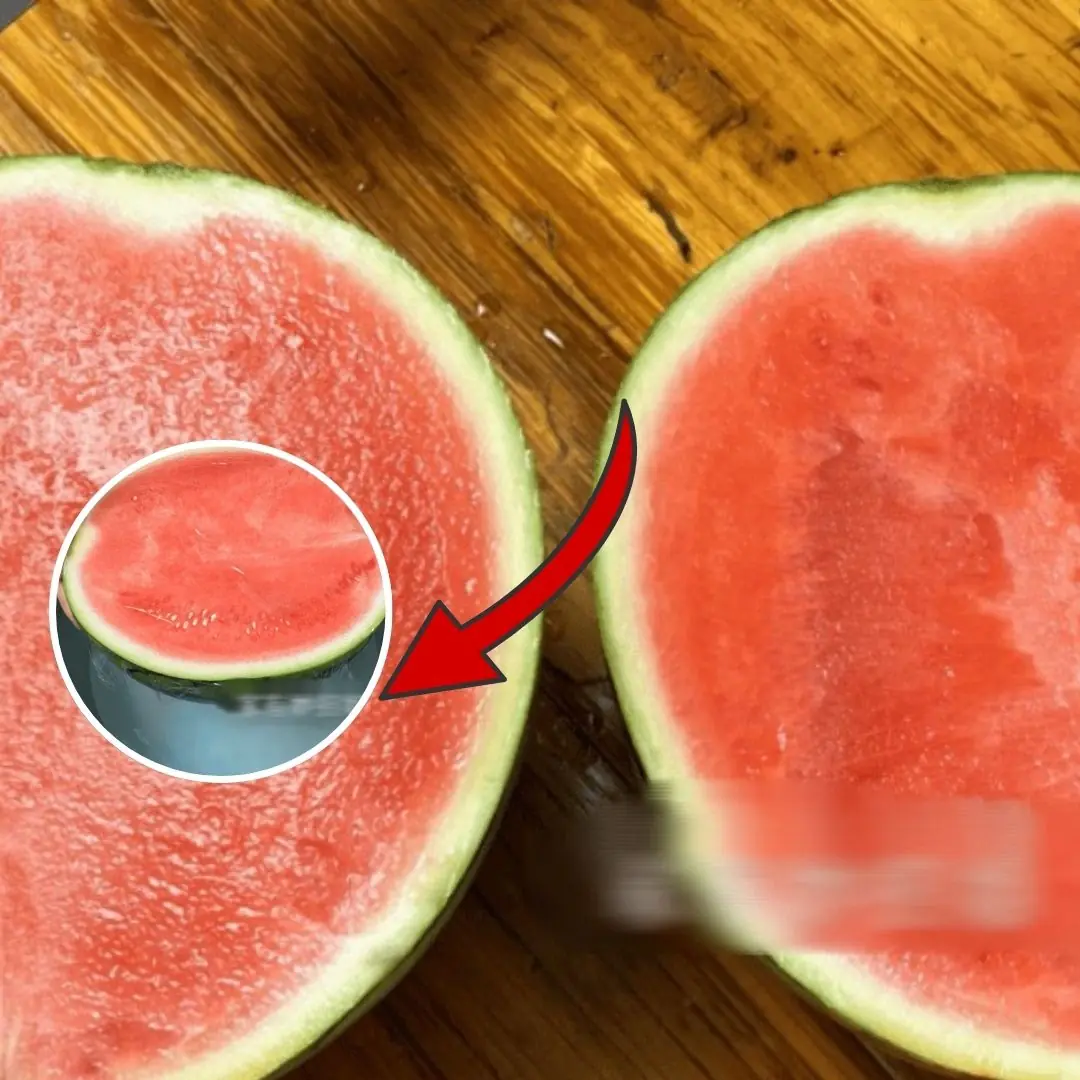
Leftover watermelon in the fridge is not necessarily safe – if not done properly, the risk of bacterial contamination is very high!

Woman gets brain infection after eating refrigerated watermelon

The Unpleasant Truth: 5 Familiar Items That You Think Are Clean But Are NOT, The Dirtiest Is Number 4 That Everyone Uses

Bread May Be Delicious, But These 5 Groups Should Limit It

The Surprising Benefits of Ginger Peel

Just 3 Minutes in the Morning: This Simple Test Can Reveal Hidden He.art Disease

Does mumps in men affect reproductive health?

3 Types of Fruit Can.cer Cells “Love”

How to remove phlegm and mucus from chest and throat

Thy.roid Can.cer Is a Silent Threat: 6 Groups of People Are at Higher Risk and Must Be Cautious

Simple signs to immediately recognize leukemia that you may never notice

Warning: The Cup Many People Use to Drink Water Every Day Is No Different from “Drinking Poison”

Eat These 5 Foods to Cleanse and Detox Effectively Every Day
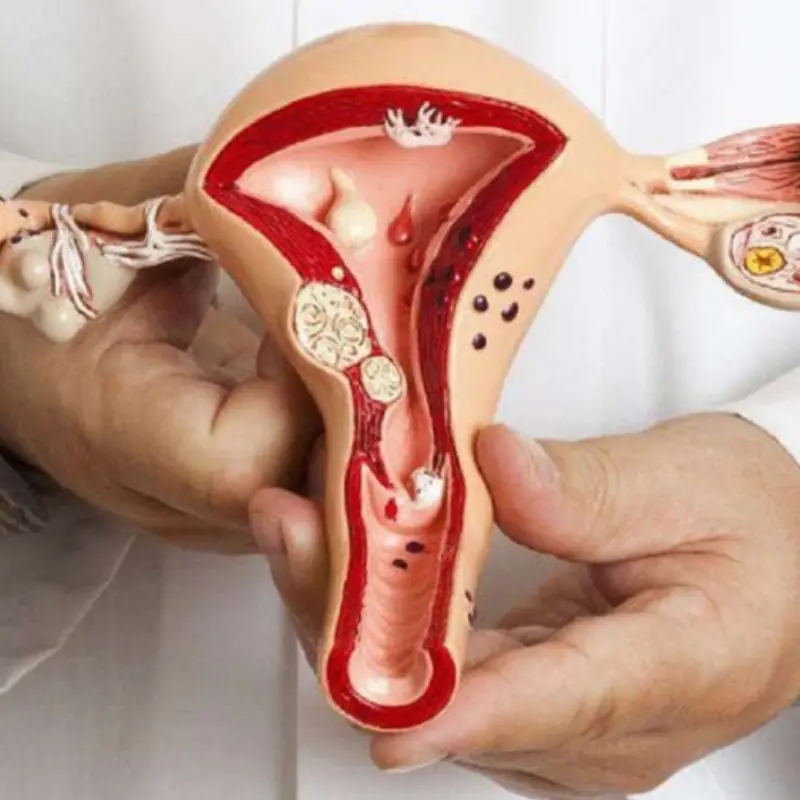
5 earliest signs of cer.vical can.cer: 90% of women tend to ignore them
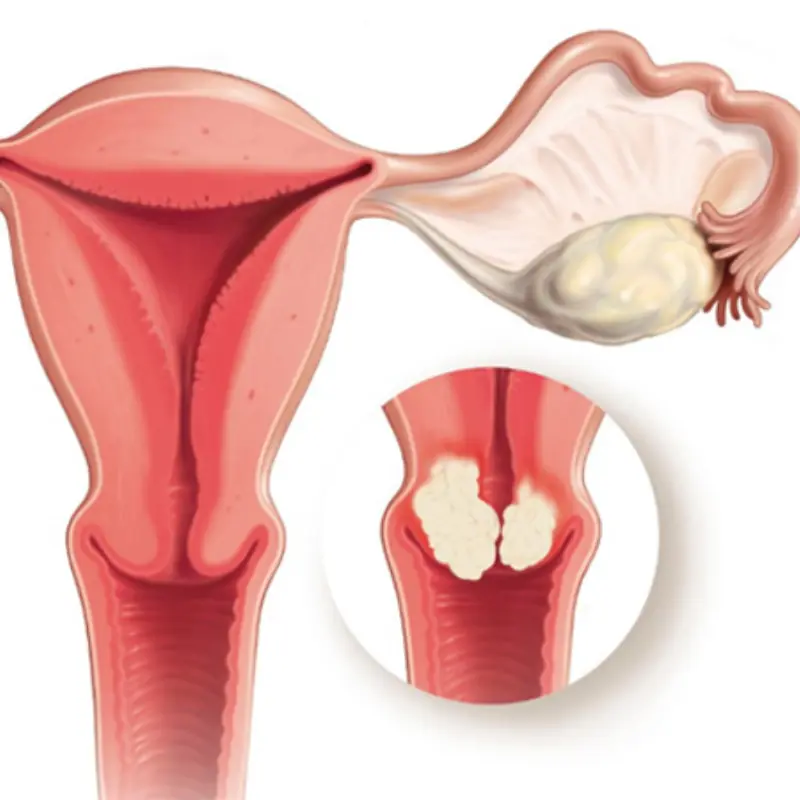
Women Who Frequently Eat These 5 Foods May Be Harming Their Uterus and Feeding Cancer Cells Without Knowing It
